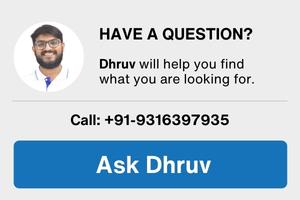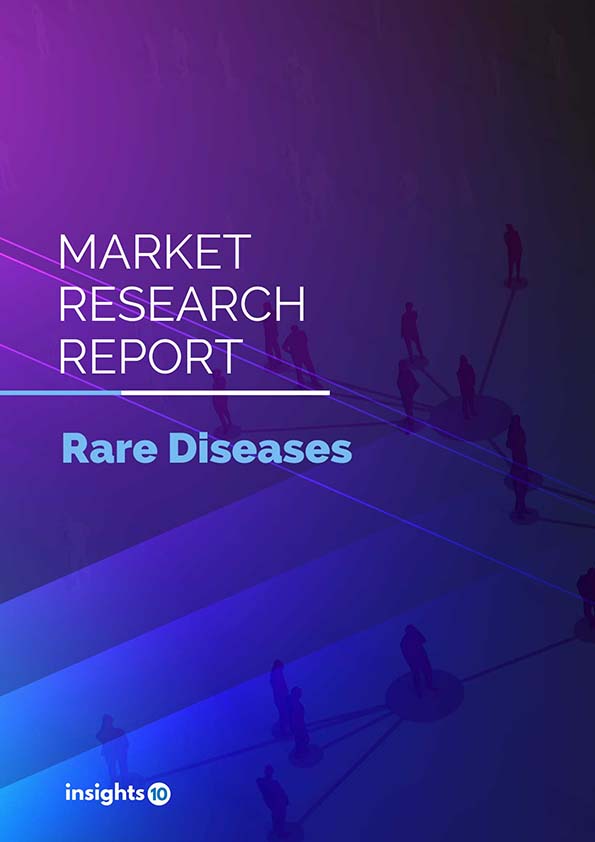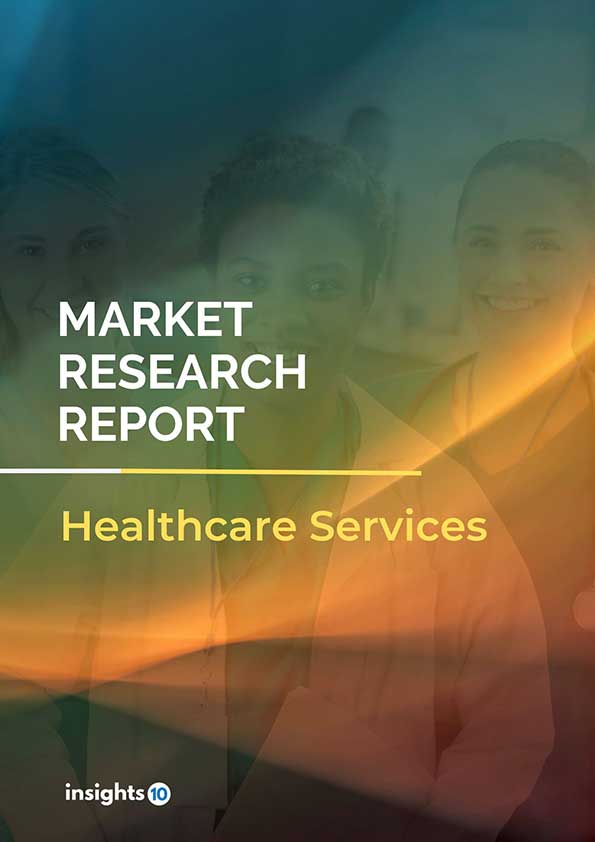Australia Oral Care Market Analysis
Australia's oral care market was valued at $423 Mn in 2022 and is estimated to expand at a CAGR of 7.7% from 2022 to 2030 and will reach $765 Mn in 2030. One of the main reasons propelling the growth of this market is increasing disposable income and the aging population. The market is segmented by type, drug, and distribution channel. Some key players in this market are White Glo, Grants of Australia, Red Seal, Dr. Brite, and Pure Smile
Buy Now

Australia Oral Care Market Executive Summary
Australia's oral care market was valued at $423 Mn in 2022 and is estimated to expand at a CAGR of 7.7% from 2022 to 2030 and will reach $765 Mn in 2030. Oral care refers to the maintenance of one's oral hygiene, including the teeth, gums, and mouth. Good oral care is important to prevent dental diseases such as tooth decay, gum disease, and bad breath. It involves a range of practices, including brushing and flossing teeth regularly, using mouthwash, and visiting the dentist for regular check-ups and cleanings.
The Australian oral care market is a dynamic and growing industry that includes a wide range of products and services aimed at promoting oral health and hygiene. The market is driven by factors such as increasing consumer awareness of oral health, rising disposable incomes, and advancements in technology. The Australian government has implemented several policies aimed at promoting oral health and preventing dental diseases, such as the Child Dental Benefits Schedule, which provides eligible children with up to $1,000 in basic dental services over two years. The government also regulates the oral care market through the Therapeutic Goods Administration (TGA) to ensure the safety and efficacy of products and services.

Market Dynamics
Market Growth Drivers
The awareness about maintaining good oral health has increased among Australians. The increasing prevalence of dental diseases, such as cavities, gum disease, and oral cancer, has led to more people adopting better oral hygiene practices. According to a survey conducted by the Australian Institute of Health and Welfare, over 80% of Australians brush their teeth twice a day. The aging population in Australia is contributing to the growth of the oral care market. As people age, they become more susceptible to dental diseases, and they may require more dental care products and services. The proportion of people aged 65 years and over is projected to increase from 15% in 2019 to 21% by 2058. The disposable income of Australians has been increasing, which has led to higher spending on oral care products and services.
According to the Australian Bureau of Statistics, the average weekly earnings for full-time workers in Australia increased by 3.8% from 2019 to 2020. The trend toward natural and organic oral care products is driving the growth of smaller, niche brands. The global natural and organic oral care market is expected to reach USD 5.9 billion by 2025, growing at a CAGR of 5.5%. In Australia, brands like Grants of Australia, Dr. Brite, and Noosa Basics are gaining popularity among consumers. The growth of e-commerce has made it easier for consumers to purchase oral care products online. The convenience of online shopping and the availability of a wider range of products are driving the growth of the e-commerce channel. The online penetration rate of personal care and beauty products in Australia is expected to reach 23.8% in 2023.
Market Restraints
The oral care market in Australia is highly competitive, with a few dominant players like Colgate-Palmolive, Procter & Gamble, Johnson & Johnson, and GlaxoSmithKline. This makes it difficult for smaller brands to gain market share and compete effectively. Australian consumers are becoming more price-sensitive, which is making it challenging for companies to maintain their margins. With the rise of e-commerce and the availability of cheaper imported products, consumers are increasingly looking for low-cost alternatives. The Australian government has strict regulations in place to ensure the safety and efficacy of oral care products. Companies must comply with these regulations to market their products in Australia, which can be costly and time-consuming. The use of plastic in oral care products, such as toothbrushes and packaging, is becoming a growing concern among environmentally conscious consumers. Brands that do not address these concerns may face challenges in gaining market share.
Competitive Landscape
Key Players
- White Glo
- Grants of Australia
- Red Seal
- Dr. Brite
- Pure Smile
Healthcare Policies and Regulatory Landscape
The Australian healthcare policy and regulatory framework for oral care products and services is primarily aimed at ensuring the safety, quality, and efficacy of these products and services. The key regulatory body responsible for overseeing the oral care market is the Therapeutic Goods Administration (TGA), which is a division of the Australian Department of Health. The TGA is responsible for regulating and approving oral care products, such as toothpaste, mouthwash, and dental floss, to ensure that they meet the necessary safety and efficacy standards. The TGA also regulates the use of dental equipment and materials used by dental professionals in the country.
In addition to the TGA, the Australian Dental Association (ADA) is also a key organization in the country's oral care market. The ADA is a professional association representing dentists in Australia and works closely with the government to develop policies and guidelines for the provision of oral health care services. The Australian government has also implemented several policies aimed at promoting oral health and preventing dental diseases. For instance, the Australian Government's Child Dental Benefits Schedule provides eligible children with up to $1,000 in basic dental services over two years.
Reimbursement Scenario
In Australia, the reimbursement scenario for oral care products and services is primarily focused on preventive care rather than restorative care. The government provides a range of oral health services through its public dental health programs, which are aimed at providing basic oral health care to eligible individuals. The public dental health programs provide subsidized or free dental care to eligible individuals, such as low-income earners, pensioners, and children. The services covered under these programs include basic dental check-ups, preventive treatments such as fluoride treatment and dental sealants, and some restorative treatments such as fillings and extractions.
1. Executive Summary
1.1 Disease Overview
1.2 Global Scenario
1.3 Country Overview
1.4 Healthcare Scenario in Country
1.5 Patient Journey
1.6 Health Insurance Coverage in Country
1.7 Active Pharmaceutical Ingredient (API)
1.8 Recent Developments in the Country
2. Market Size and Forecasting
2.1 Epidemiology of Disease
2.2 Market Size (With Excel & Methodology)
2.3 Market Segmentation (Check all Segments in Segmentation Section)
3. Market Dynamics
3.1 Market Drivers
3.2 Market Restraints
4. Competitive Landscape
4.1 Major Market Share
4.2 Key Company Profile (Check all Companies in the Summary Section)
4.2.1 Company
4.2.1.1 Overview
4.2.1.2 Product Applications and Services
4.2.1.3 Recent Developments
4.2.1.4 Partnerships Ecosystem
4.2.1.5 Financials (Based on Availability)
5. Reimbursement Scenario
5.1 Reimbursement Regulation
5.2 Reimbursement Process for Diagnosis
5.3 Reimbursement Process for Treatment
6. Methodology and Scope
Australia Oral Care Market Segmentation
By Product Type (Revenue, USD Billion):
- Toothpaste
- Toothbrush
- Mouthwash
- Dental Accessories
- Denture Products
- Others
By Distribution Channel (Revenue, USD Billion):
- Retail Pharmacies
- Online Channels
- Supermarkets
- Dental Dispensaries
By Demographics
- Age (children, adults, and geriatric population)
- Gender
- Income
- Education
- Occupation
Methodology for Database Creation
Our database offers a comprehensive list of healthcare centers, meticulously curated to provide detailed information on a wide range of specialties and services. It includes top-tier hospitals, clinics, and diagnostic facilities across 30 countries and 24 specialties, ensuring users can find the healthcare services they need.
Additionally, we provide a comprehensive list of Key Opinion Leaders (KOLs) based on your requirements. Our curated list captures various crucial aspects of the KOLs, offering more than just general information. Whether you're looking to boost brand awareness, drive engagement, or launch a new product, our extensive list of KOLs ensures you have the right experts by your side. Covering 30 countries and 36 specialties, our database guarantees access to the best KOLs in the healthcare industry, supporting strategic decisions and enhancing your initiatives.
How Do We Get It?
Our database is created and maintained through a combination of secondary and primary research methodologies.
1. Secondary Research
With many years of experience in the healthcare field, we have our own rich proprietary data from various past projects. This historical data serves as the foundation for our database. Our continuous process of gathering data involves:
- Analyzing historical proprietary data collected from multiple projects.
- Regularly updating our existing data sets with new findings and trends.
- Ensuring data consistency and accuracy through rigorous validation processes.
With extensive experience in the field, we have developed a proprietary GenAI-based technology that is uniquely tailored to our organization. This advanced technology enables us to scan a wide array of relevant information sources across the internet. Our data-gathering process includes:
- Searching through academic conferences, published research, citations, and social media platforms
- Collecting and compiling diverse data to build a comprehensive and detailed database
- Continuously updating our database with new information to ensure its relevance and accuracy
2. Primary Research
To complement and validate our secondary data, we engage in primary research through local tie-ups and partnerships. This process involves:
- Collaborating with local healthcare providers, hospitals, and clinics to gather real-time data.
- Conducting surveys, interviews, and field studies to collect fresh data directly from the source.
- Continuously refreshing our database to ensure that the information remains current and reliable.
- Validating secondary data through cross-referencing with primary data to ensure accuracy and relevance.
Combining Secondary and Primary Research
By integrating both secondary and primary research methodologies, we ensure that our database is comprehensive, accurate, and up-to-date. The combined process involves:
- Merging historical data from secondary research with real-time data from primary research.
- Conducting thorough data validation and cleansing to remove inconsistencies and errors.
- Organizing data into a structured format that is easily accessible and usable for various applications.
- Continuously monitoring and updating the database to reflect the latest developments and trends in the healthcare field.
Through this meticulous process, we create a final database tailored to each region and domain within the healthcare industry. This approach ensures that our clients receive reliable and relevant data, empowering them to make informed decisions and drive innovation in their respective fields.
To request a free sample copy of this report, please complete the form below.
We value your inquiry and offer free customization with every report to fulfil your exact research needs.









































